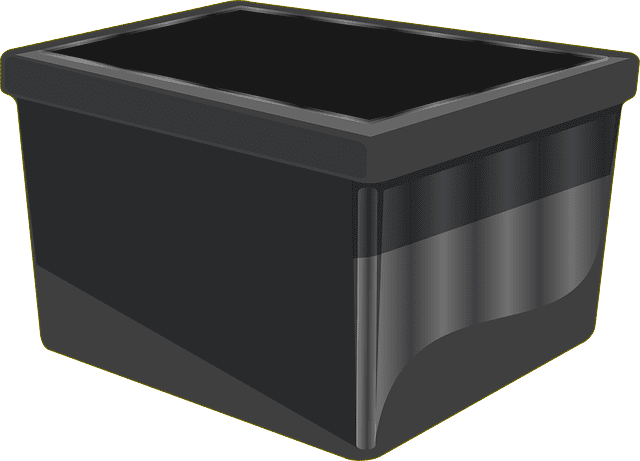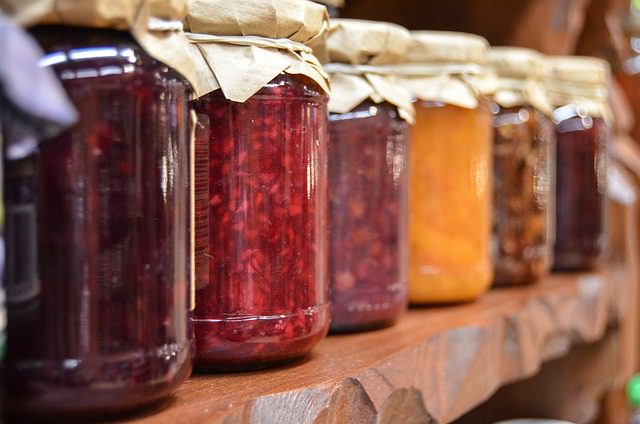When storing food, long term, it’s a good idea to choose the right kind of container. Regular leftovers, we understand putting in a common plastic tub, but for food you’re looking to keep for months and months (or maybe years), you should think about heavy duty storage. We’re not talking plastic baggies and those old containers from take out, here. We’re talking long-term, super efficient food storage. The kind you can stock, store, and forget about for a long, long time.
First up is five-gallon buckets. These food grade plastic containers are a good choice because they’re large, and will not leech any hazardous chemicals into your food, says Mother Earth News. Clean with soap and water before storing any food inside, says the article, and make sure to buy a great lid to go with it. Gamma lids or lids with gaskets are recommended because they don’t require a lid opener. Many people use a multi-barrier system within these five-gallon buckets, layering their food in mylar bags with oxygen absorbers. We’ll get to that.

One of the key elements in long term food storage is getting the oxygen out of the container. When oxygen is exposed to food, it oxidizes, changing the chemical makeup of the food, says the University of Utah. Displacing oxygen with nitrogen (don’t panic, it’s just dry ice) or absorbing it with an oxygen absorber (which you can find online in less than a minute) is the optimal way to store food. Oxygen absorbers are non-toxic, not edible, and do not change the smell or taste of the food it’s placed with, says Mother Earth News.
Mylar bags are an excellent way to store food long term, says Verna Magazine. They keep out light, moisture, and keep what’s in it as fresh as possible. These aluminum and plastic layered pouches are ideal for storing dry foods because of the multiple barriers within the bag. Beans, dried milk, dried fruits, vegetables, meats, and grains are perfect for mylar bags, says the University of Utah.
Lastly, is mason jars. They’re not glamorous and they’re not huge, but they’re versatile and effective, says Allrecipies. Mason jars are pretty inexpensive, says the article, running about $15 per case (12), compared with regular food container sets that could cost up to $50. If you’re a homesteader, or you simply just want to save your food longer than the fridge allows, you’ve probably taken notice of canning with mason jars. Canning is the process of storing, most commonly, fruits and vegetables at their peak ripeness in a process of high heat to prevent spoiling and other microorganisms that could cause deterioration, says Shadow Fox. Done correctly, mason jars can store food from canning for at least one year, says the National Center for Home Food Preservation.

When you’re looking for long-term food storage, don’t fret; think layers, think air removal, think about all the food you’re going to save and how great it’s going to taste because you’ve done it right! If you want a foolproof way of having reliable, long shelf-life foods for emergencies, look to SOS Food Lab. Our emergency food rations last for 5 years and are easy store or to add to any disaster bag or kit.
